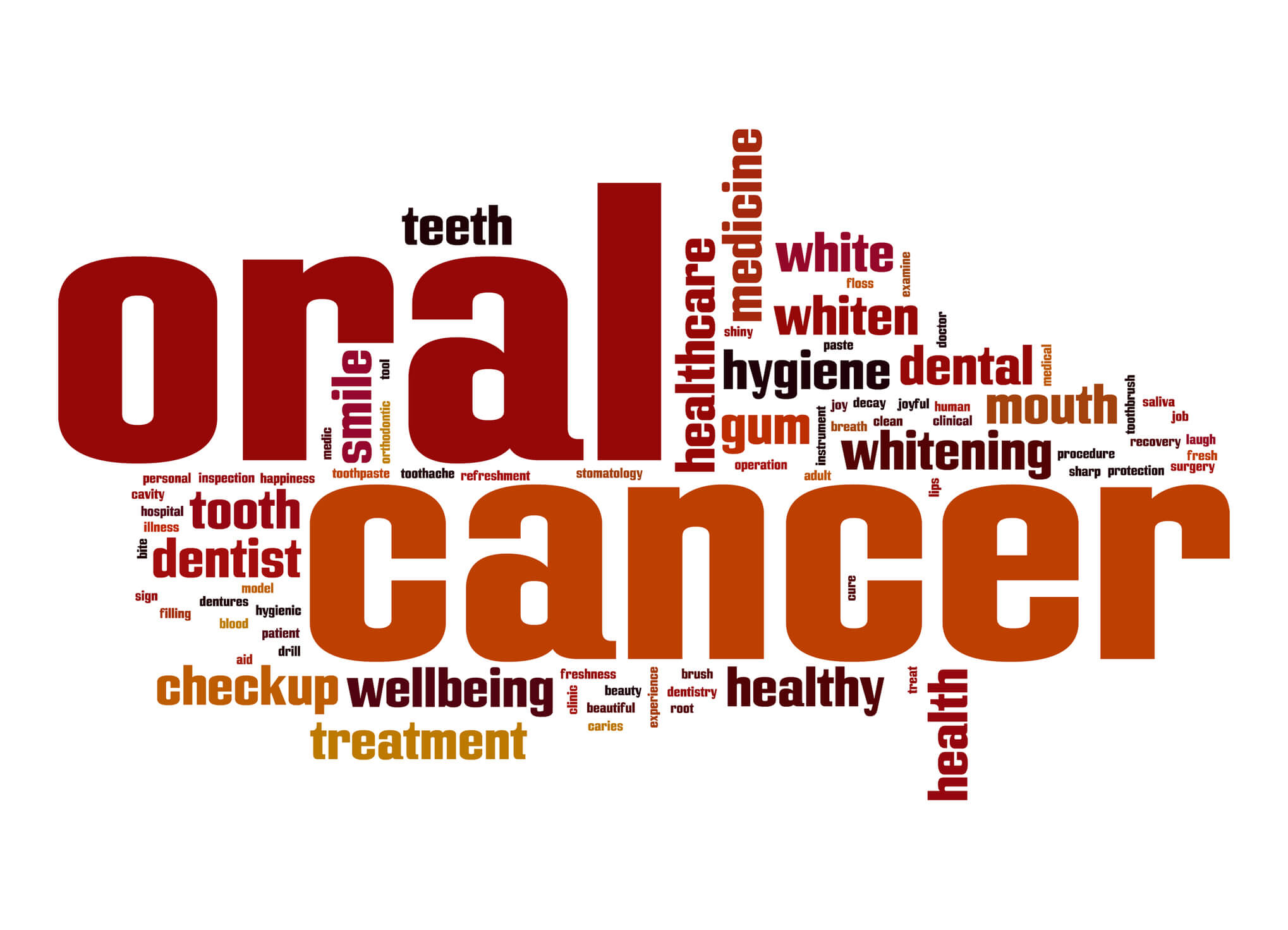
Do you know what to watch out for?
Did you know? Each year in the U.S., there are 50,000 new cases of oropharyngeal (mouth & throat) cancer, broadly known as oral cancer. Of those, 10,000 patients will eventually die from it. April is National Oral Cancer Awareness Month, and Drs. Meyer and Johns want to make sure you know what to watch out for.
Cancer Types
According to the World Health Organization (WHO), there are three main types of precancerous lesions; leukoplakia, erythroplakia, and mixed erythroleukoplakia. The first is the most common, and is visible as a white patch or plaque that does not go away. In the U.S., the incidence of leukoplakia has been declining, mainly due to decreased tobacco consumption. In fact, stopping all forms of tobacco use is the easiest way to cut your risk of oral and other cancers, as well as a host of other health problems.
Warning signs
The earliest symptoms of oral cancer may appear as a white or red patch of tissue in the mouth, or a small indurated ulcer which looks like a common canker sore. The easiest advice for evaluating skin or tissue irregularities is the 2-Week Rule: Any sore or discolored area that does not heal within 14 days should be checked by a professional.
Other than lesions on the mouth tissue, oral cancer symptoms may include;
- lumps or masses that you can feel in your mouth or neck,
- discomfort or troubleswallowing, speaking, or chewing,
- any wart-like masses,
- persistent hoarseness, or
- any prolonged oral or facial numbness.
We’ve Got Our Eyes on You!
Like other cancers of the skin, oral cancer warning signs are visible long before other symptoms occur, making early detection very important. Early identification of lip, tongue, or other oral cancers improves control and cure rates to more than 90% and overall survival rates to nearly 100%, according to a study published on the website of the National Cancer Institute.
However, many instances of these cancers are diagnosed in their latter stages, only after metastasizing and causing secondary symptoms elsewhere in the body. In these cases, the 5-year survival rates are only slightly above 50%, according to the National Oral Cancer Foundation.
So if you’ve ever wondered why we look under your tongue during exams, this is the reason. Since early detection is key, we want to make sure we don’t miss a warning sign. Current or former smokers and users of smokeless tobacco should let us know at your next appointment so that we can be on the lookout for early symptoms.